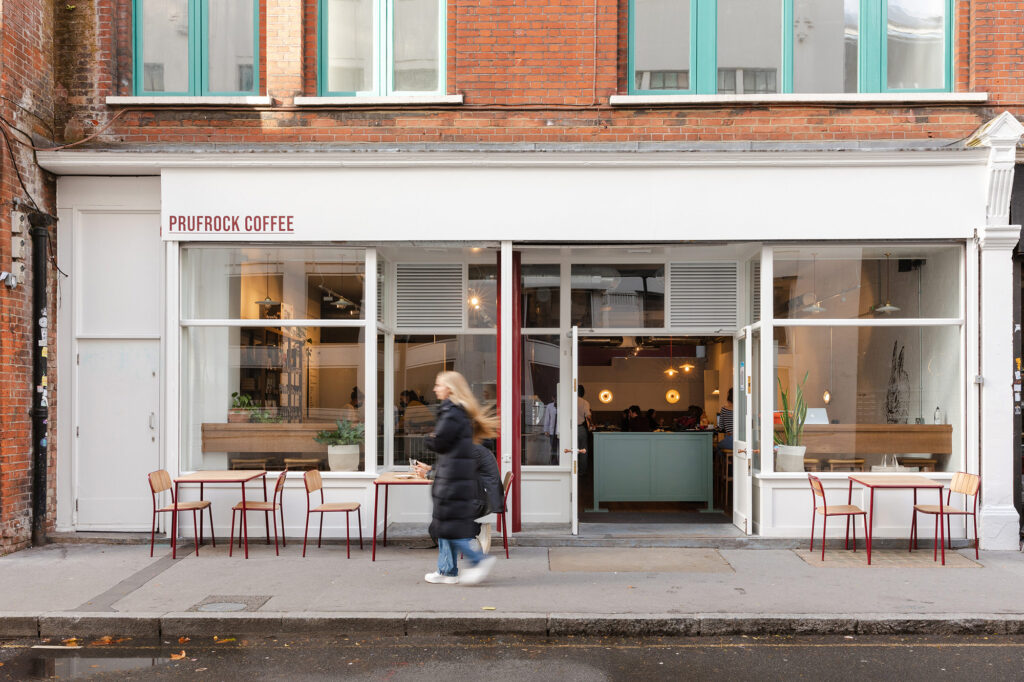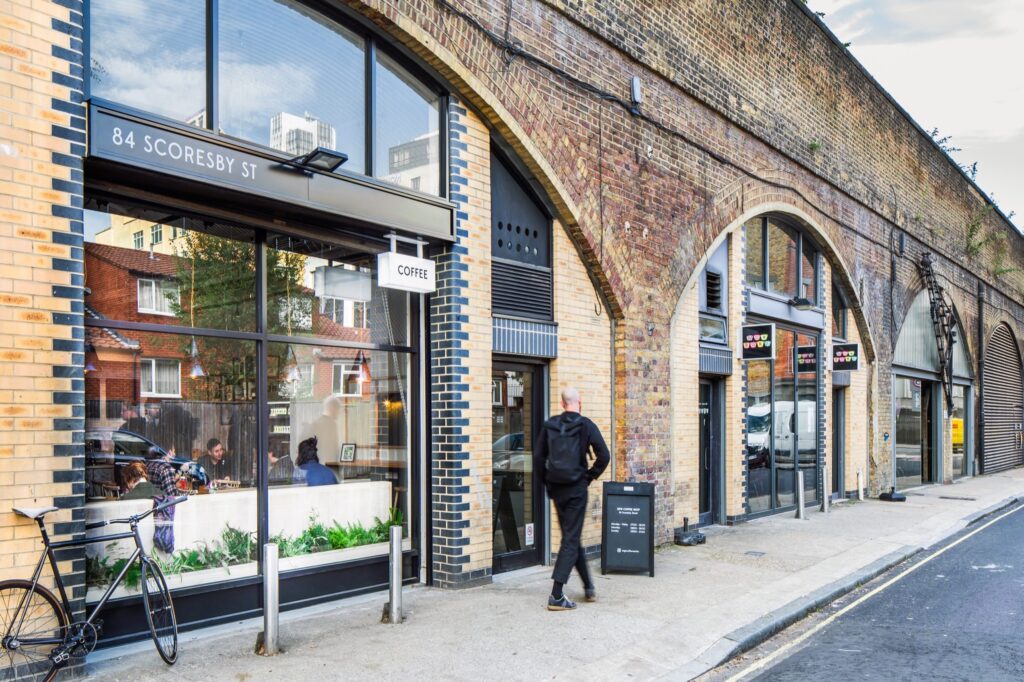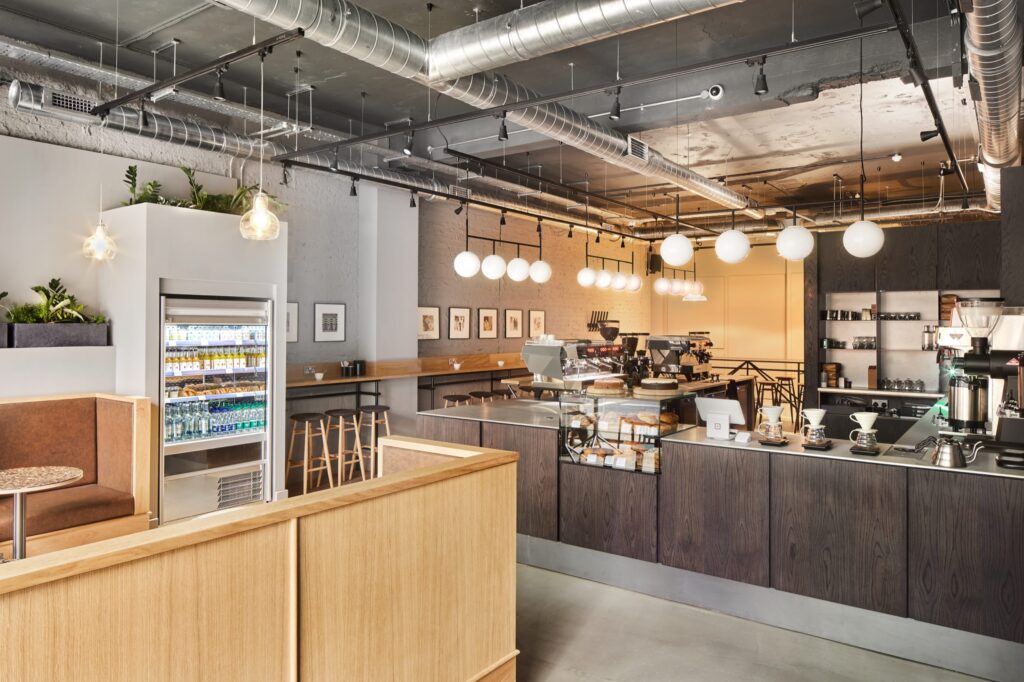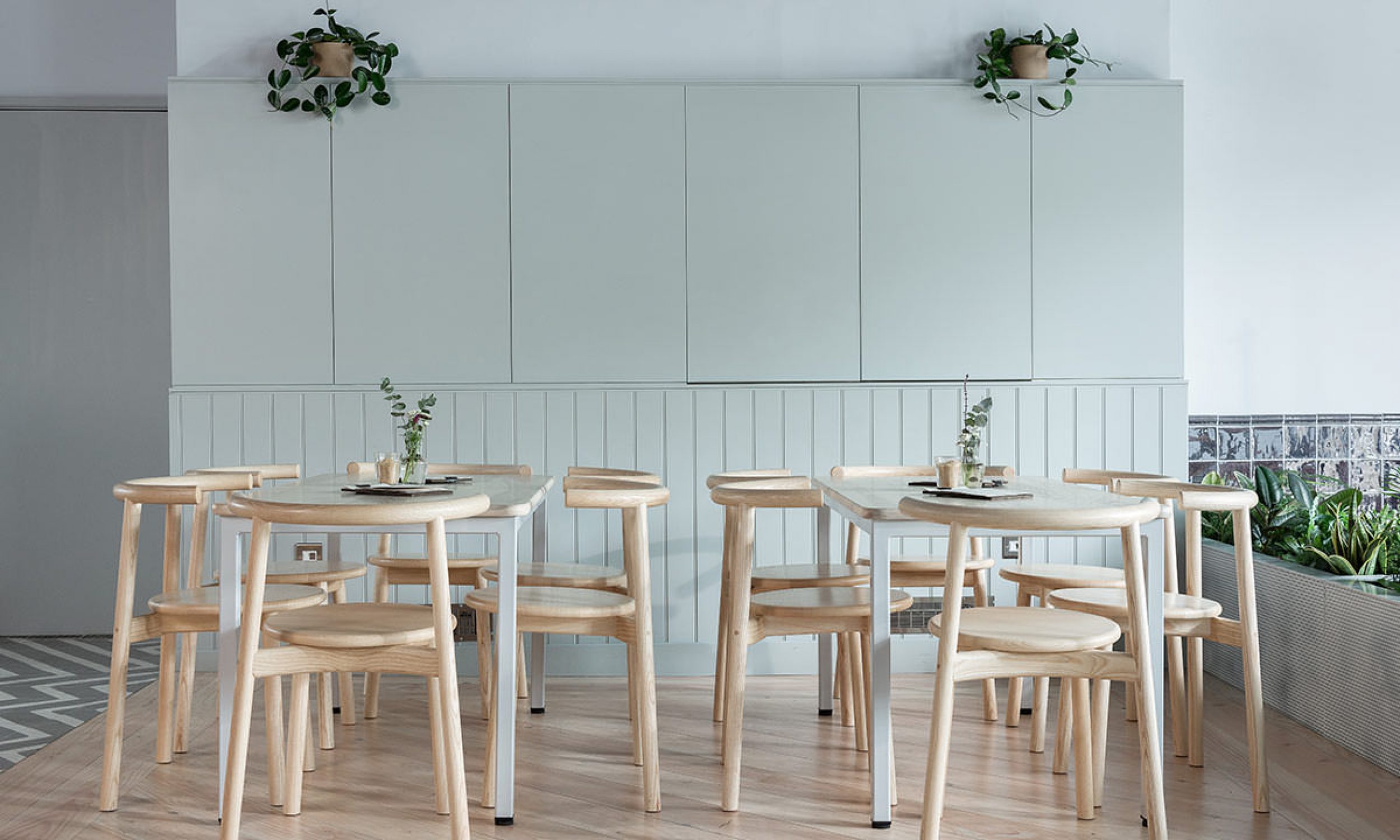
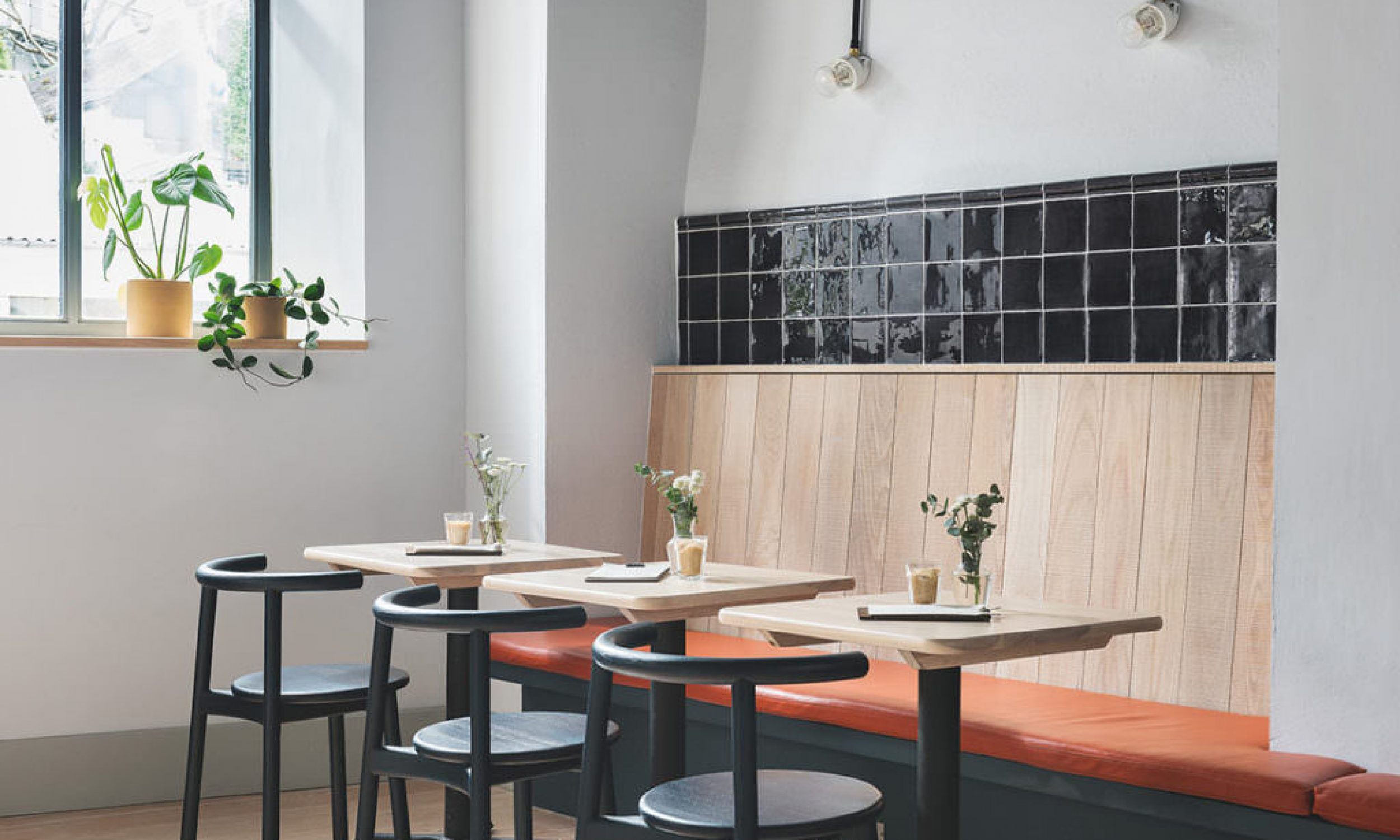
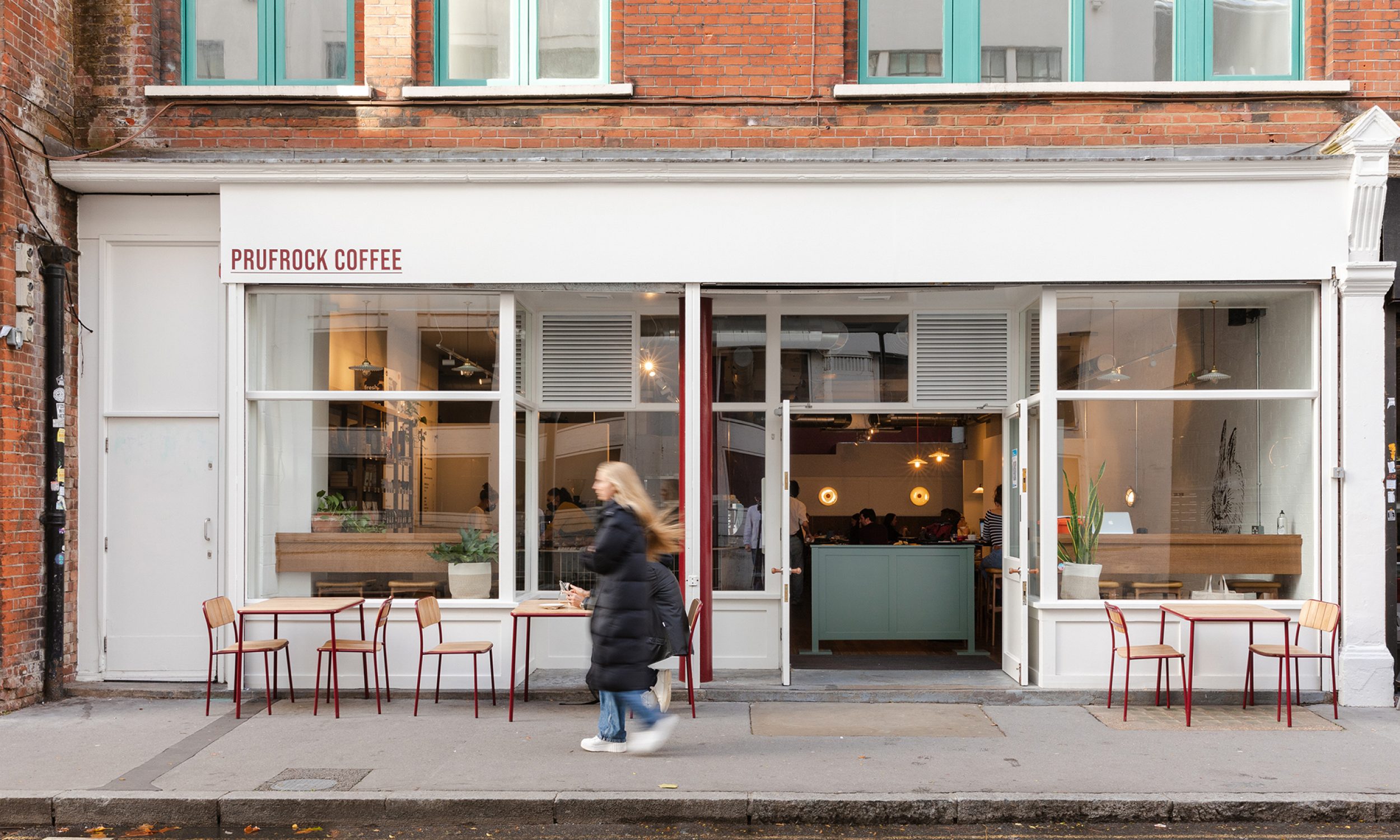
Cafe Design
Shaping spaces where good things happen; that’s the position we start every project from.
How do you want your customers to feel?
Creating that perfect blend, getting that feeling just right – a space to build your community around, sharing good times, coffee, food, music, art, illustration. That’s a key question we’ll want to sit down and talk about with you.
About Hart Miller Design
Our passion is to design and deliver cafés, coffee shops and casual dining spaces that bring people together to experience the joy of hospitality. We are experienced in creating those favourite spaces your customers seek out, the moments they want to tell others about whilst making your team can operate seamlessly.
Working with one-off spaces through to multiple site locations with each project we deliver a personal and comprehensive service from concept design through to furniture specification, detailed design packages, cost scheduling and project delivery all combined to achieve a sustainable fit out and build.
We won’t make sustainability a bolt on – it’s part of our process to help you unpick the options, delve into the great greenwash and offer informed choices and ideas as to how you can make a difference with responsible decisions.
We like to work with brave brands and bold clients who trust us to come in to their world and help them build a better future – where good things happen.
Cafe Design
Featured Projects

Hospitality Design

Cafe Design

Café Design in the UK over the Centuries
When did cafés become popular in the UK? You might be surprised to know that the history of cafés can be traced back as far as the 17th century in the UK when coffeehouses first began to appear in the capital, London. Unsurprisingly, the word café derives from the early 19th-century French word, which simply translates as ‘coffee or coffee house’. Back in the 17th century these were only known as coffeehouses and were seen as a place for social interaction, with patrons gathering to chat, read the latest newspapers, and play games. The design of these early coffeehouses was very simple and functional, with sparse furnishings and little attention paid to design or decor.
By the 18th and 19th centuries, as the popularity of coffeehouses continued to grow, their design began to evolve and took on a different purpose. They became cafés where the focus shifted toward light meals. Architects and interior designers started to focus attention on spatial design, incorporating ornate mouldings, gilded mirrors, and plush seating into their designs. Coffeehouses also began to be associated with a more elevated social status, with the establishment of private members-only clubs such as White’s and Brooks’s. These clubs were designed to be luxurious, with fine furnishings and elegant decor, and they were a place where members of the upper classes could gather and socialize.
By the late 19th and early 20th centuries, cafe design in the United Kingdom had taken on a more utilitarian approach. The rise of chain coffeehouses, such as the well-known chain, J. Lyons & Co., meant that cafes were now being standardised in their design which we see now on every high street up and down the country. These chain coffeehouses were designed to be functional and efficient, with simple, unadorned interiors and a focus on providing quick service to customers.
Fast forward to the 1960s and 1970s when cafe design in the UK began to evolve once more. The rise of the counterculture movement, combined with an increased interest in design and architecture, led to the emergence of a new breed of cafes. These new cafes were designed to be more relaxed and informal, moving away from the earlier elaborate interiors to the later utilitarian design onto what we see nowadays with comfortable seating, natural materials, and a focus on creating a welcoming atmosphere for customers. This trend was led by designers including the incomparable Terence Conran, who was instrumental in shaping the design of many of the new cafes that were popping up across the country. His influence was felt widely then and continues today.
In recent years, cafe design in the UK has continued to evolve, with many new cafes drawing inspiration from both the past and the present. Today’s cafes are often designed to be warm and welcoming, with a focus on sustainability, and an emphasis on creating a unique and memorable experience for customers. Many cafes have also realised the power of dwell-time, and incorporated technology into their design, with free Wi-Fi, charging stations, and large flat-screen TVs becoming increasingly common.
What we take for granted as a quick stop to refuel or to catch up with friends has a rich and diverse history in this country, reflecting changing trends, cultural influences, and technological advancements over the centuries. From the simple, functional coffeehouses of the 17th century through the chains to the independent cafes of today, the design has always been driven by a desire to create spaces that are inviting, comfortable, and functional. Whether it’s the ornate elegance of the 18th-century coffeehouses or the informal comfort of the 1960s counterculture cafes, the history of cafes in the United Kingdom is a testament to the enduring appeal of this iconic and beloved social institution.
Send an enquiry
If you have a design brief you want us to look at, or prefer to email us initially then use our form below to submit a project brief to us.
We will open a file and gather information about your project to help us prepare an intelligent response for how to proceed.
We’ll book a time with you to discuss in more detail, explaining how we work, our experience in the sector and how your project can stand apart from the crowd.

16% of café customers visit daily
Hands up if you visited a café today? And if you answered no, have you been in the last week? In fact, 16% of us visit daily, and 80% visit at least once a week (British Coffee Association).
The popularity of cafes in the UK has grown significantly in the past 20 years becoming an integral part of the daily routine for many people. This trend is driven by a number of factors… changing consumer habits, an increase in the number of independent coffee shops, and the rise of online ordering and delivery services.
One of the main reasons for the popularity of cafes in the UK is the changing consumer habits. People are increasingly looking for spaces where they can relax, work, and socialize, and cafes provide the perfect environment for this. Many cafes now offer free wifi, comfortable seating, and a range of food and drink options, making them ideal places to work, study, or meet with friends. Additionally, the growing popularity of brunch culture has also contributed to an increased demand for cafes in the UK.
Over the past few years, there has been a growing interest in specialty coffee and a desire for high-quality, ethically-sourced beans. This has led to an increase in the number of specialty coffee shops, which provide customers with a more refined and personalised experience.
As we said before, the rise of online ordering and delivery services also played a key role in the growth of cafe popularity in the UK. As people became more accustomed to ordering food and drink online, it became easier for cafes to expand their business by offering online ordering and home delivery options to customers. This has allowed cafes to reach a larger customer base and increase sales.
Cafes have become an integral part of the daily routine for many people… a place to relax, work and socialise, and specialty coffee shops provide a more sophisticated, tailored experience. The UK’s café culture has grown to be more than just a place to grab a quick bite or drink, it has become a lifestyle.
